Click to read the article in Turkish / ingilîzî
While the effects of the fire that broke out on Sunday (July 21) continue in Hasankeyf, filling of the reservoir of the Ilısu Dam has begun, according to the latest information from the region.
Despite photos shared on social media since July 23, the General Directorate of State Hydraulic Works has yet to make a statement on the matter.
"According to the information we obtained from local sources, filling is performed for testing purposes right now. Water level is sometimes rising and sometimes dropping. We don't exactly know why are they doing this," Ercan Ayboğa from the Hasankeyf Initiative told bianet.
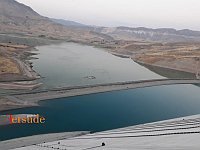
"The Hasankeyf Coordination will begin to keep watch in the area. We will share the details with you as they shape. But now, reactions are needed to be shown in both from the region and various provinces."
Saying that they believe the reservoir's filling with water will begin if a reaction is not shown, Ayboğa remarked, "As soon as Hasankeyf drops from the agenda, filling begins. There is not a single statement right now."
While the water is level at about 10 or 15 meters right now, unevacuated villages will be affected if it rises above 20 meters, he said.
"We did not information on evacuations. Right now, there is not a settlement that submerges into the water. But after 20 meters, settlements will be affected. We don't accept this. It is important to keep Hasankeyf continuously on the agenda."
About the Hasankeyf dam project
The construction of the Ilısu Dam was included in the Southeastern Anatolia Project (GAP), a state-sponsored regional development project that has been continuing for decades, in 1982. When the Ilısu project came to the fore in 2005, the construction of the dam was tried to be prevented with a stronger campaign. As a result of this, the Initiative to Keep Hasankeyf Alive emerged. Hasankeyf and the Tigris Valley are still there as a result of the struggle of tens of civil society organizations who oppose the construction of the dam. But the process has become more difficult lately. In 2017, seven monuments were moved from Hasankeyf. Two monuments, one of them is the famous Tigris Bridge, were covered with rocks under the guise of 'restoration'. More than 200 caves that were dug in Neolithic Era pioneers and large parts of the valley next to the castle were filled with excavation waste. According to statements by authorities, dam gates will be closed and the dam will begin to fill with water. If the gates are closed, Hasankeyf will be totally submerged into water within four to eight months. Source: Hasankeyf Initiative |
(PT/VK)




.jpg)

.jpg)
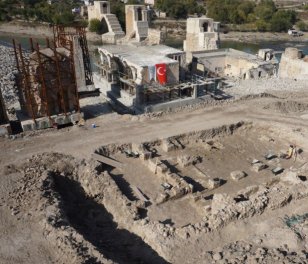
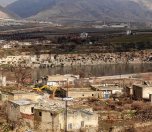

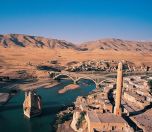

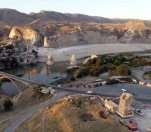
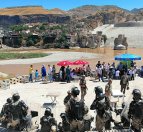







.jpg)